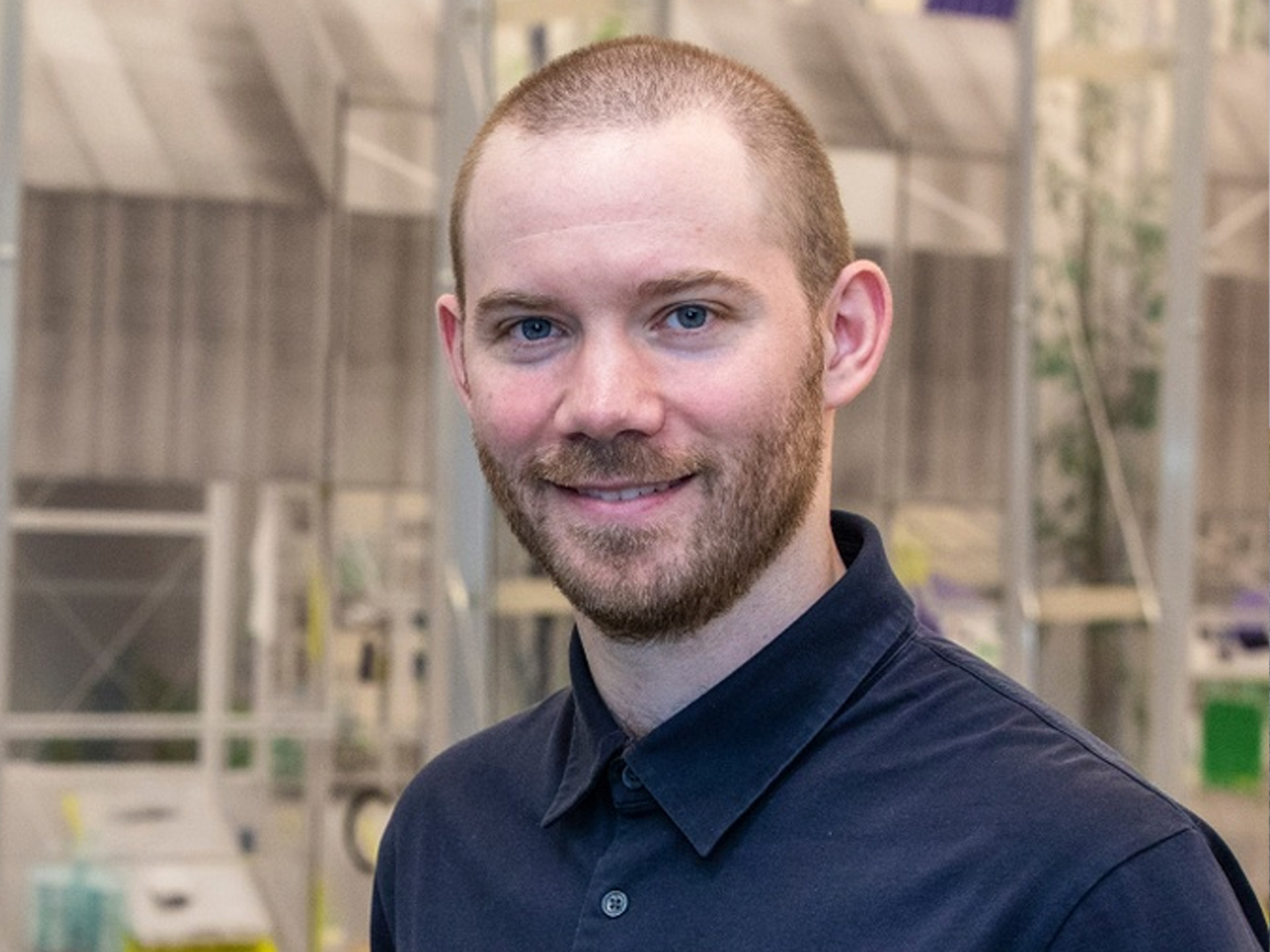This spring, the Association of Collegiate Schools of Architecture (ACSA), in partnership with Columbia University’s Temple Hoyne Buell Center for the Study of American Architecture, named University of Houston Gerald D. Hines College of Architecture and Design instructional assistant professor Daniel Jacobs as a recipient of the prestigious 2025 Course Development Prize in Architecture, Climate Change, and Society. The annual prize recognizes exemplary studio proposals integrating climate action into architectural pedagogy and research.
Jacobs’ winning course proposal, Plastic Marsh: Cycles and Cyclones on the Texas Gulf Coast, challenges students to confront the complex intersections of material waste, climate
risk, and environmental justice in the Gulf Coast region. Through intensive research
and design work, students will investigate the relationship between Houston’s petrochemical
infrastructure, its coastal wetlands, and the mounting pressures of climate change,
particularly the increasing frequency and intensity of hurricanes and flooding events.

“At a time when the built environment must urgently respond to environmental crises, Plastic Marsh encourages students to rethink architecture’s material practices and environmental responsibilities,” Jacobs shared in his course abstract.
The studio aims to cultivate innovative strategies for recycling, reassembly, and design-for-disassembly, offering new pathways for architecture to engage with the cyclical nature of materials and the evolving needs of vulnerable landscapes.
“Understanding the impacts of architecture on the environment and projecting new ideas for adaptation and resiliency is the critical challenge of our time, one that students will bring into practice beyond the academy.”
Students have the opportunity to develop speculative designs for a wetland restoration facility, integrating research labs, community spaces, material storage, and storm relief infrastructure. The studio also emphasizes fieldwork and collaboration with regional organizations such as Texas Environmental Justice Advocacy Services, the Galveston Bay Foundation, and the Houston Climate Justice Museum, deepening students’ understanding of climate justice and resilience planning.
“The studio asks students to speculate about the future of architectural material cycles, industrial waste processes, and ecological care under a changing climate,” said Jacobs. “Understanding the impacts of architecture on the environment and projecting new ideas for adaptation and resiliency is the critical challenge of our time, one that students will bring into practice beyond the academy."
Jacobs’ studio will culminate in a collective student publication and a public exhibition, fostering critical dialogue between the University, local communities, and environmental advocacy groups.

Get the Scoop
This story first appeared in the spring 2025 issue of DIMENSION Magazine. Read the new issue today!